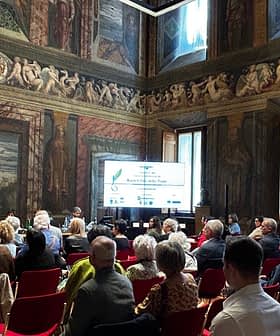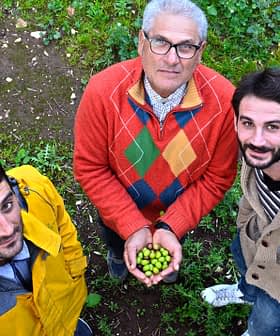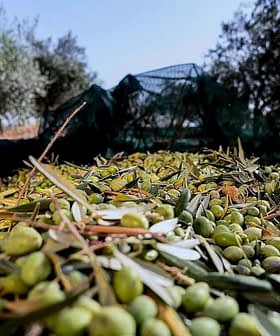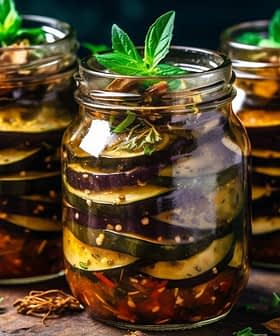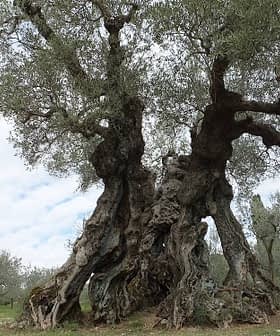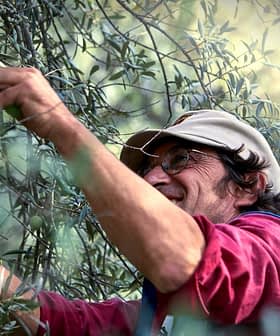Local olive trees have been planted along the edge of an oleotourism trail in the central Italian region of Umbria, which connects a growing number of municipalities with the region’s Protected Designation of Origin status.
When the first such initiative was launched last year, the goal was to celebrate health and olive oil culture in the aftermath of the Covid-19 pandemic.
I believe that given its special producing profile and the high quality of the product chain, Umbria could be considered the Burgundy of the Italian olive oil, with its exceptionally high quality and intact landscape, while being full of beauty.
This year, the new edition of the “Olive trees of rebirth” initiative is meant to promote peace. The Strada dell’Olio EvO Dop Umbria association, which supports local olive oil production and oleotourism, published contemporary poems close to each new tree.
The works were selected by the literature expert Costanza Ferrini, founder of the “In the shade of the Mediterranean” cultural association. The poems were written by poets from different countries joining to support peace.
See Also:New Rules in Italy Set Standards for Oleotourism Operators“The olive tree is a highly resilient plant associated with significant symbolism, even more in Umbria where it stands within the walls of ancient groves or scattered through the hilly landscape,” Paolo Morbidoni, president of Strada dell’Olio EvO Dop Umbria, told Olive Oil Times. “It has been the companion and the inspiration of the works of man, from St. Francis of Assisi to Aldo Capitini.”
The new trees have been celebrated with songs and poetry readings and positioned in squares and other highly visible locations in the Umbrian villages taking part in the initiative.
According to the association, the poetry contributions associated with the trees created an olive-centric literary touristic and cultural route.
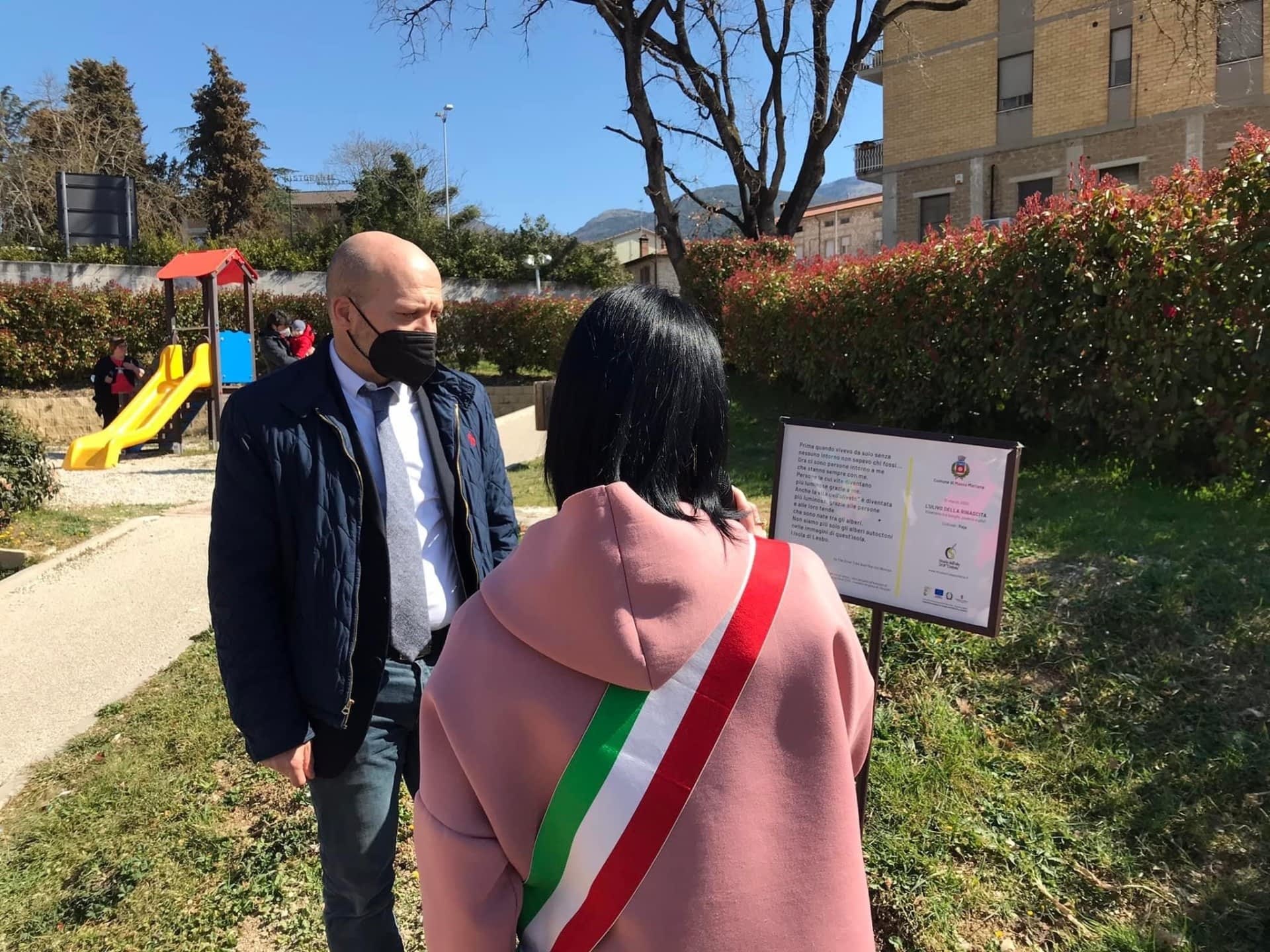
“It is a way to say that nature does not stop today, neither does hope,” Morbidoni said. “The authors are all living poets, as we are celebrating life and peace. Even a young extraordinary Ukrainian-born poet who could not be here but heartily participated in the initiative.”
The association president cited the words of Theodosis Nikolau, a Cypriot poet whose works were published close to the olive tree of rebirth planted in the Todi municipality: “I have seen daylight is for joy, night for tears. Still, she is also mother for the new day.”
“Those are beautiful words that remind us that time and passing seasons are the archetypes of every new beginning, after the darkness, after the winters,” Morbidoni said. “As long as we plant trees, seeds and words, we will remain human. And in our tragic times, with a war occurring in Europe, the meaning of those words is even stronger.”
The association added how the Goccia di Massa Martana, a rare indigenous variety, is among the trees that have been planted. The tree was first discovered in an abandoned vineyard, and researchers believe it has ancient roots in the area surrounding the village.
Among the latest municipalities participating in the initiative is Lugnano, a village in the Tevere River Valley that has been home to the Olea Mundi international museum since 2014. In the museum, more than 1,200 olive trees have been collected. They come from more than 400 varieties and were contributed by 23 countries.
According to the association, the “Olive tree of the rebirth” initiative demonstrates the special connection that these local communities have with olive oil. The olive tree is ingrained in the essence of the local society and can easily be witnessed by the oleotourist, the association said.
See Also:Rome Joins Olive Oil Tourism Network Città dell’OlioFor example, in Assisi, a small door through the churchyard walls at the St. Francis Basilica brings the visitor to fascinating ancient woods where olive trees have thrived for centuries. Artwork cut from olive wood made by the contemporary artist, Pistoletto, is also on display.
A few kilometers south, in Amelia, a walled town of pre-Roman origin, an olive tree is placed on the friezes of a marble slab dated two millennia ago.
“And in many little villages such as Giano, Trevi or the Trasimeno Lake area, it is still possible to find millennia-old olive trees, true living monuments,” Morbidoni said.
He added how the association has been promoting olive oil culture and tourism for decades, with initiatives such as the Frantoi Aperti (open olive oil mills), one of the significant Italian events held during the harvesting season.
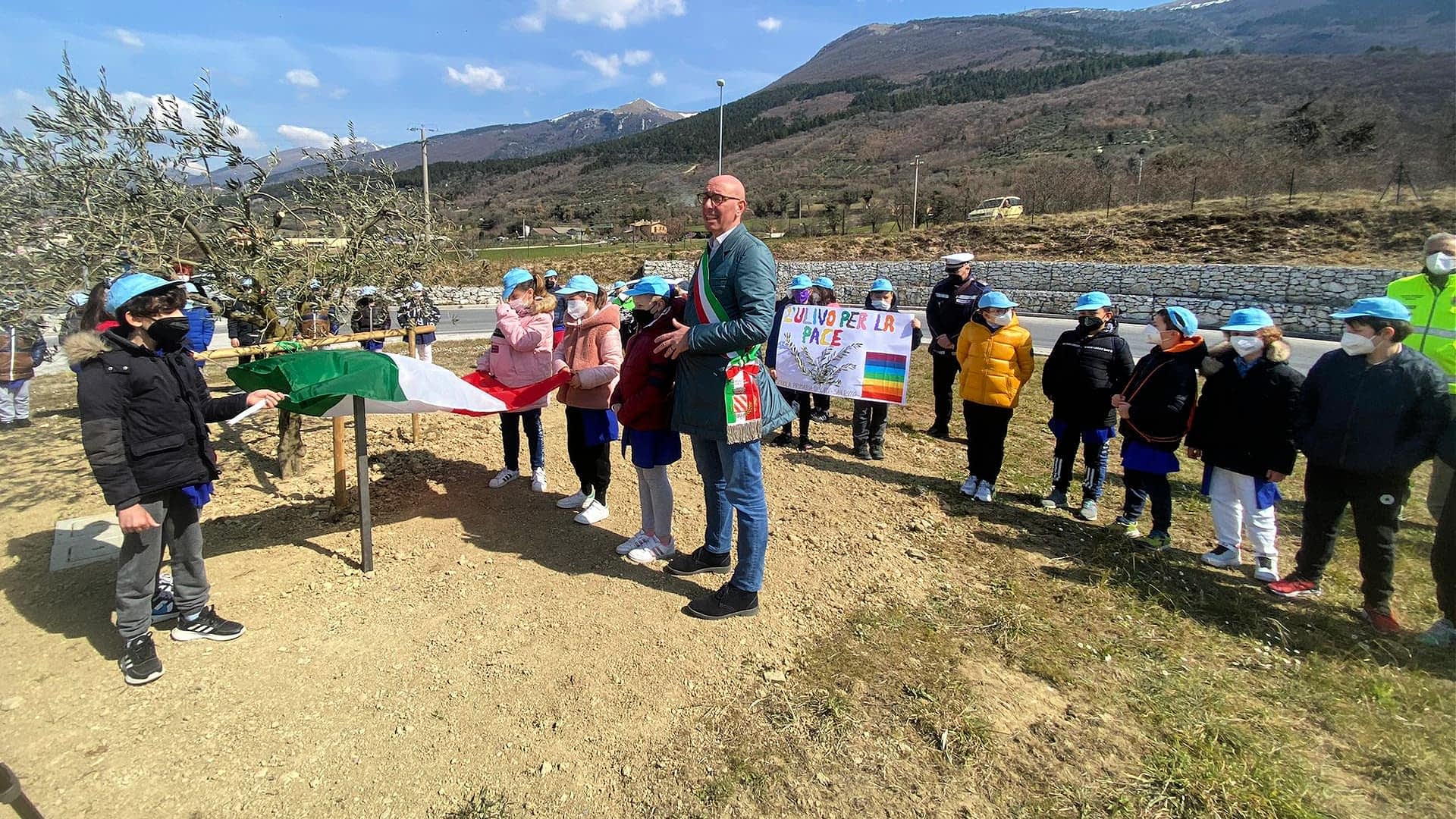
Photo: Orvietosì
“I believe that given its special producing profile and the high quality of the product chain, Umbria could be considered the Burgundy of the Italian olive oil, with its exceptionally high quality and intact landscape, while being full of beauty,” said Morbidoni.
According to the association, every season has something unique to offer to visitors interested in Umbrian olive oil culture.
“In autumn, you have to start with the oil mills, which open the door to the taste of new olive oil,” Morbidoni said. “Within the Frantoi Aperti initiative, this journey can be enriched with cultural experiences, samples of contemporary art, music or with a visit to unusual places.”
Spring or summer is ideal for walks, tastings and discovering the countryside.
“Then, you can eat in one of the 35 extra virgin olive oil ambassadors of Umbria, restaurants that actively support local extra virgin olive oil,” Morbidoni said. “From there, one can easily reach the olive farms to meet the producers [of the EVOO tasted in the restaurant]. And if the tourist comes in winter, then olive oil will sing on bread baked by the embers in the fireplaces.”
The Umbrian initiative comes as olive growers and touristic entities throughout Italy get ready for the final implementation by the regional authorities of the recent Italian law on oleotourism.

